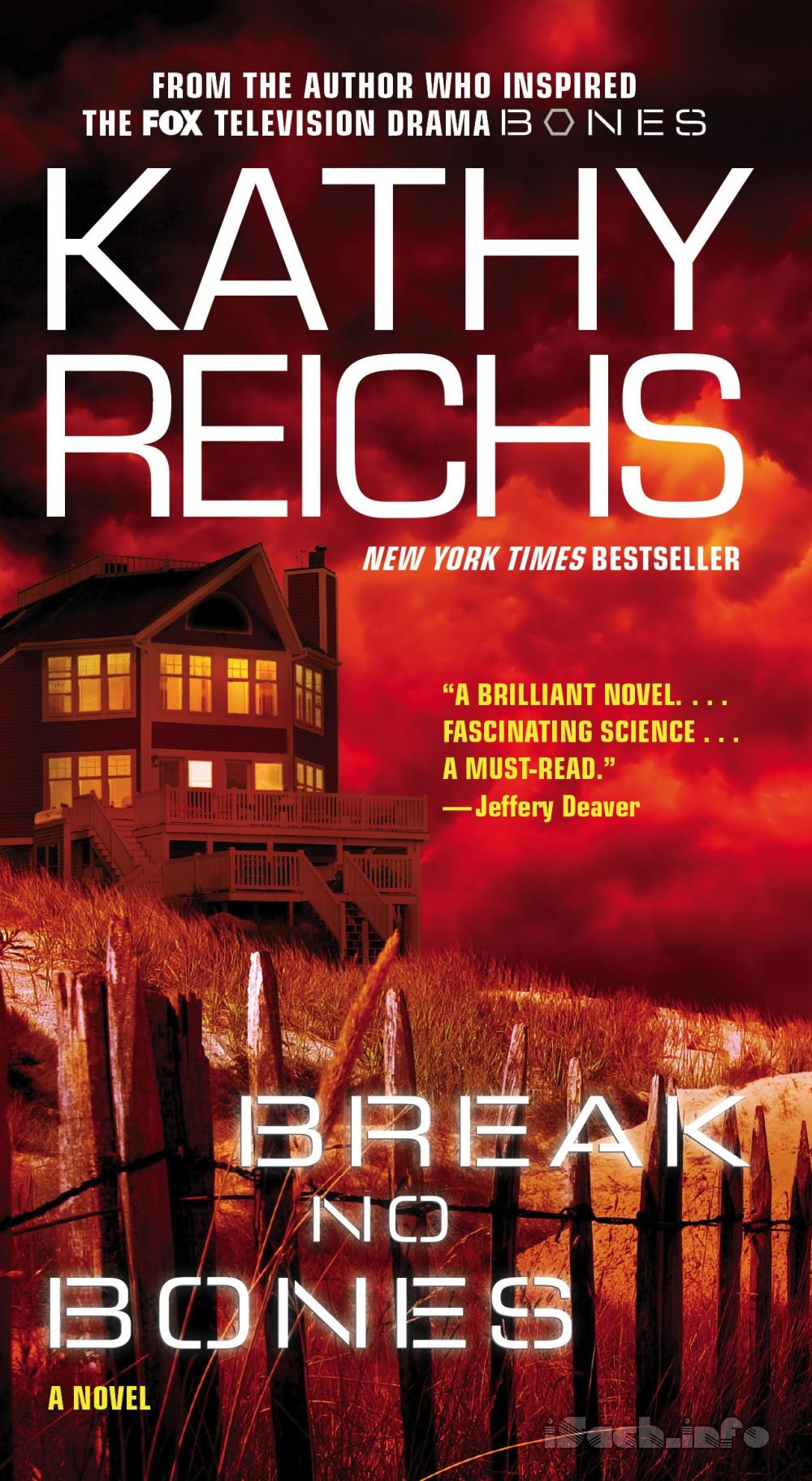From The Forensic Files 0F Dr. Kathy Reichs
A
t times I scratch my head in puzzlement. After years of obscurity, my field of endeavor is suddenly hot.When I completed my grad studies, it was the rare cop or prosecutor who'd heard of forensic anthropology, and the rarer one who used it. My colleagues and I formed a tiny club, known to few, understood by fewer. Law-and-order professionals knew little about us. The general public knew nothing.
Awareness and utilization have increased over the years, but there are still only a handful of board-certified practitioners in North America, consulting to law enforcement, coroners, and medical examiners. The military employs a platoon or so.
Suddenly, though, notoriety has overtaken us. Popular literature came first: Jeffery Deaver, Patricia Cornwell, Karin Slaughter, and, of course, Kathy Reichs. Then came television: The breakthrough forensic sleeper C.S.I, attracted millions of viewers, and forensic science was in the air. And on the air. Cold Case. Without a Trace. We'd had Quincy in the seventies, but pathology now dazzled. Crossing Jordan. DaVinci's Inquest. Autopsy. All over the airways scientists were slicing and scoping and simulating and solving. And now there is Bones.
Bones is TV's newest forensic show and the nickname of the series' lead character, Temperance Brennan, the fictional forensic anthropologist I created ten years ago in my first book, Déjà Dead. In the series, Tempe is at an earlier point in her career, employed by the Jeffersonian Institute, and working with the FBI. And rightly so. The bureau was one of the first agencies to recognize the value of forensic anthropology, calling on Smithsonian scientists for help with skeletal questions way back at the beginning of the twentieth century.
Things were looser then, unstructured. Not so today. Forensic anthropology gained formal recognition in 1972, when the American Academy of Forensic Science created a Physical Anthropology section. The American Board of Forensic Anthropology was formed shortly thereafter.
Throughout the seventies, forensic anthropologists expanded their activities to the investigation of human rights abuses. Labs were set up and mass graves were unearthed in Argentina and Guatemala; later Rwanda, Kosovo, and elsewhere. Our role also grew in the arena of mass disaster recovery. We worked plane crashes, cemetery floods, bombings, the World Trade Center site, and most recently the tragedies of the tsunami and Hurricane Katrina.
Now, after decades of anonymity, we are stars. But the public remains confused concerning the labels. What's a pathologist? What's an anthropologist? What does forensics mean?
Pathologists are specialists who work with soft tissue. Anthropologists are specialists who work with bone. Freshly dead or relatively intact corpse: pathologist. Skeleton in a shallow grave, charred body in a barrel, bone fragments in a wood chipper, mummified baby in an attic trunk: anthropologist. Using skeletal indicators, forensic anthropologists address questions of identity, time and manner of death, and postmortem treatment of the corpse. "Forensics" is the application of scientific findings to legal questions.
And no one works alone. While TV glamorizes the individual heroics of the lone scientist or detective, real police work involves the participation of many. A pathologist may analyze the organs and brain, an entomologist the insects, an odontologist the teeth and dental records, a molecular biologist the DNA, and a ballistics expert the bullets and casings, while the forensic anthropologist pores over the bones. Numerous players place pieces in the jigsaw puzzle until a picture emerges.
My training was in archaeology, with a specialty in skeletal biology. I first found my way into forensic anthropology through a request for help in a child homicide investigation. The tiny bones were identified. A five year old girl, kidnapped, murdered, and dumped in a forest near Charlotte, North Carolina. The killer was never found. The injustice and brutality of that case changed my life. A little girl's life cut short with vicious indifference. Abandoning ancient bones for those of the recent dead, I switched to forensics and never looked back.
I like to think that my own novels played some small part in raising awareness of forensic anthropology. Through my fictional character, Temperance Brennan, I offer readers a peek into my own cases and experiences. Déjà Dead is based on my first serial murder investigation. Death du jour derives from work I performed for the Catholic Church, and from the mass murder-suicides that took place within the Solar Temple cult. Deadly Decisions stems from the many bones that came to me thanks to les Hells Angels du Quebec. Fatal Voyage is based on my disaster recovery work. Grave Secrets was inspired by my participation in the exhumation of a Guatemalan mass grave. Bare Bones sprang from moose remains I examined for wildlife agents. Monday Mourning grew from three skeletons discovered in a pizza parlor basement. Cross Bones draws on my visit to Israel, weaving strangely unreported Masada bones, a burial box purported to be that of Jesus' brother James, and a recently looted first-century tomb into a modern murder plot.
Break No Bones is a bit of a departure from my usual modus operandi in that the story arises not from a single or a pair of cases but from disparate professional encounters and experiences. Prehistoric burial sites excavated early in my career. An archaeological field school taught at UNCC. A coroner case hand-carried to me in a large plastic tub. Cut marks analyzed for a homicide investigation. Vertebral fractures examined for the reconstruction of a pedestrian hit-and-run. A suicide victim found skeletalized, hanging from a tree.
As with all my books, this latest Temperance Brennan novel draws on decades of personal involvement at crime labs and crime scenes. Add a pinch of archaeology. Stir in an urban legend or two. Toss in media reports of stolen body parts. Season with summers on the beach at Isle of Palms. Voila! Break No Bones.



 ePub
ePub A4
A4